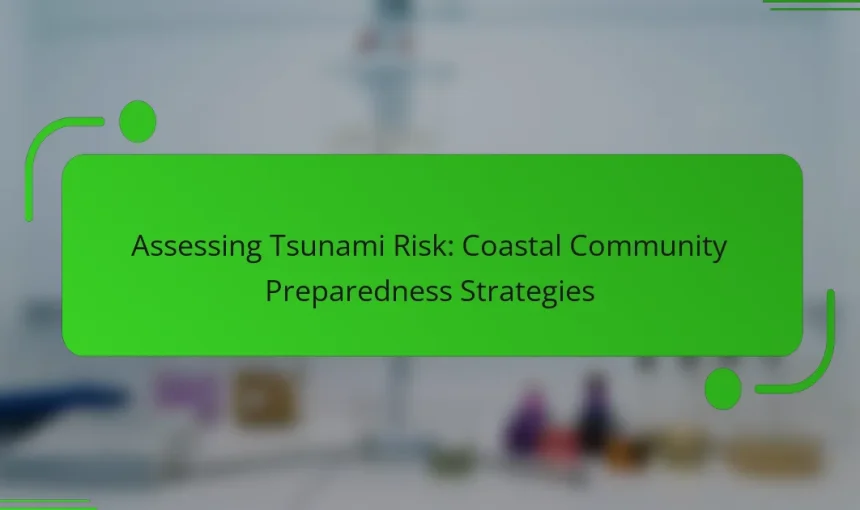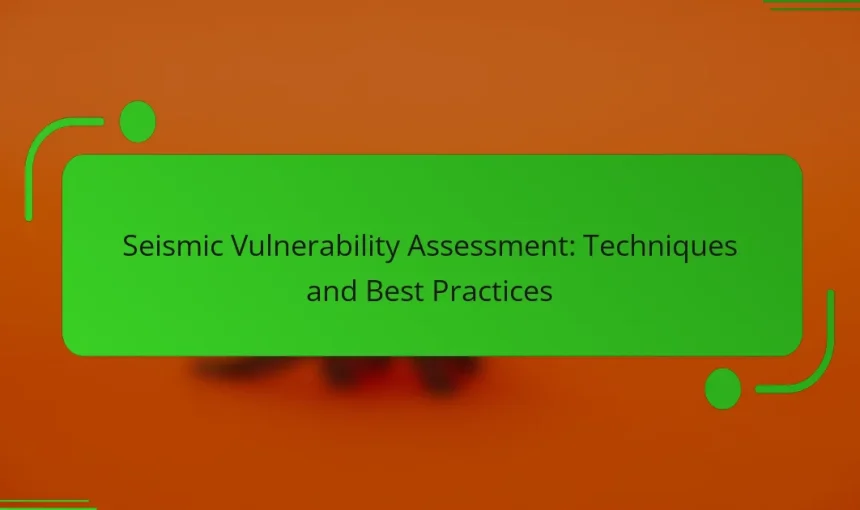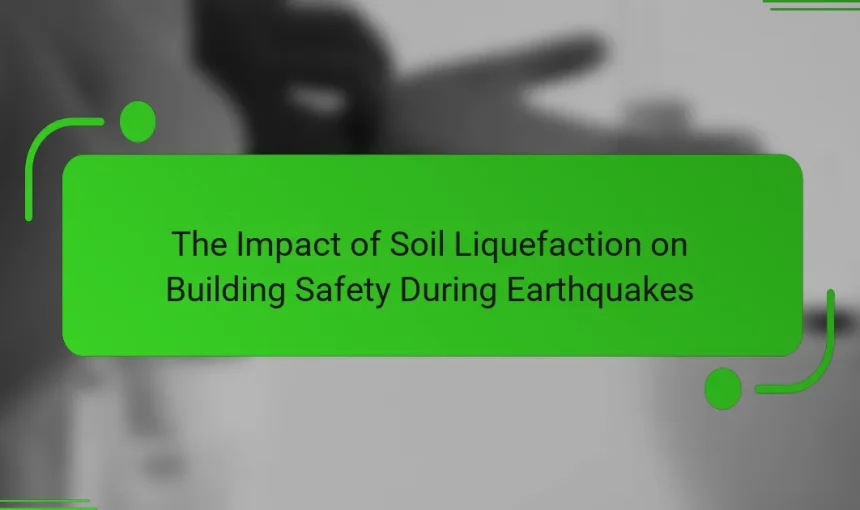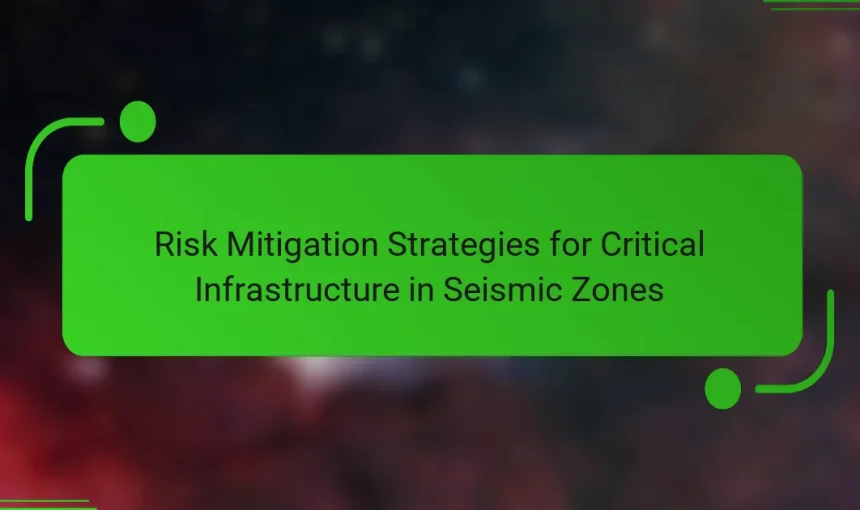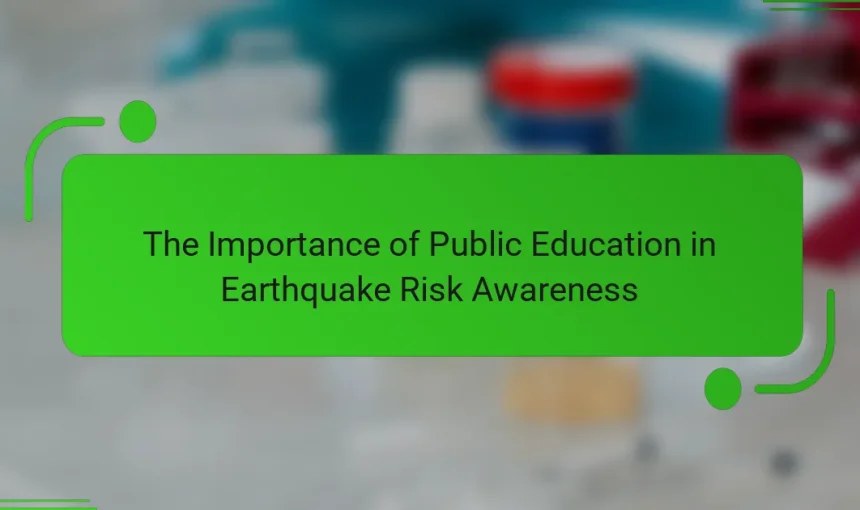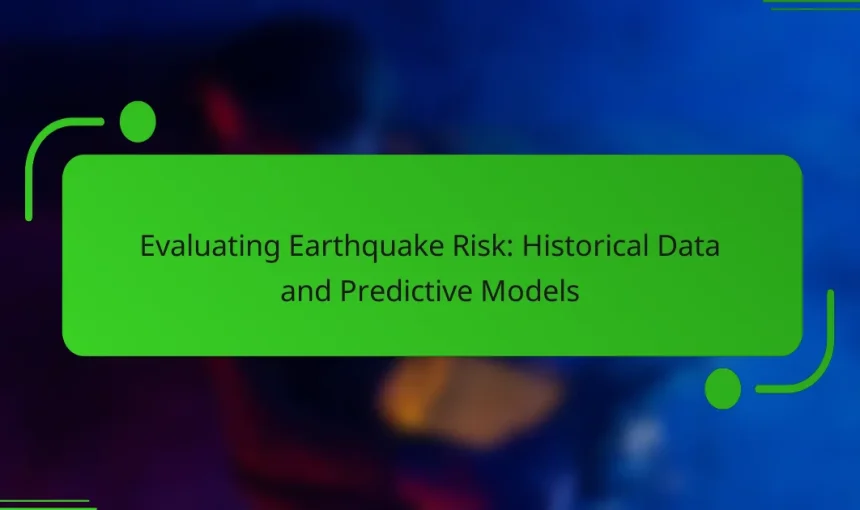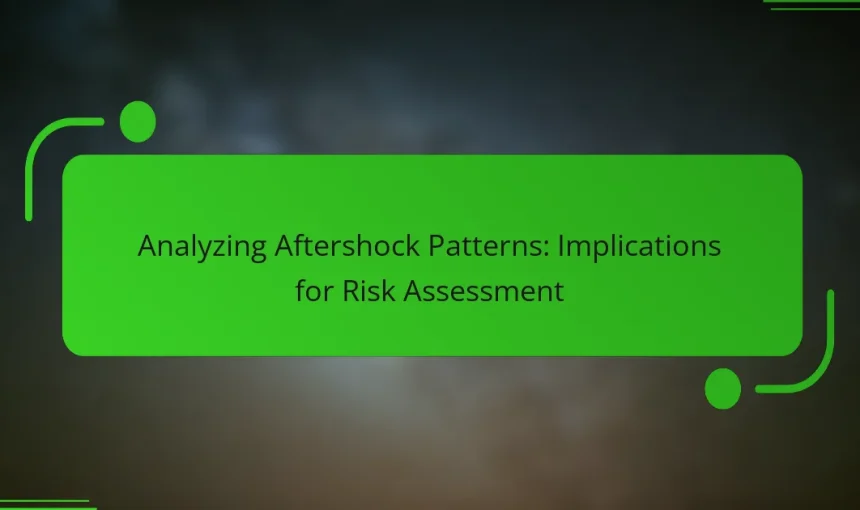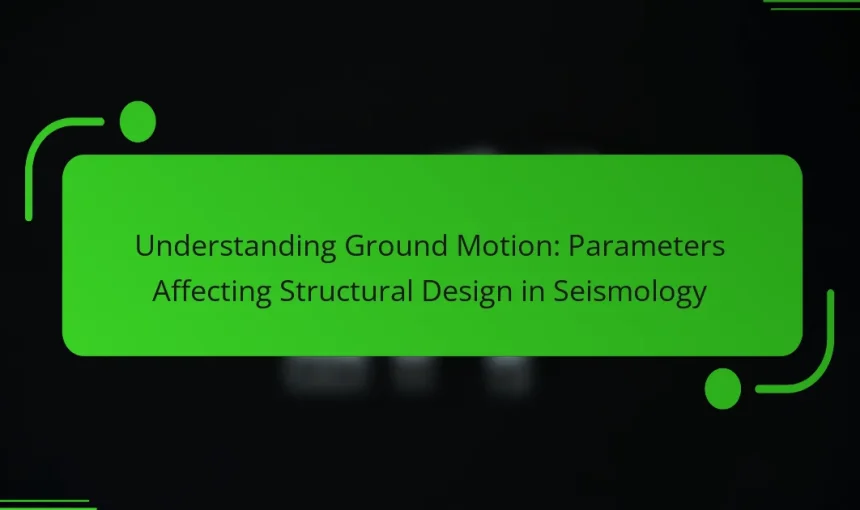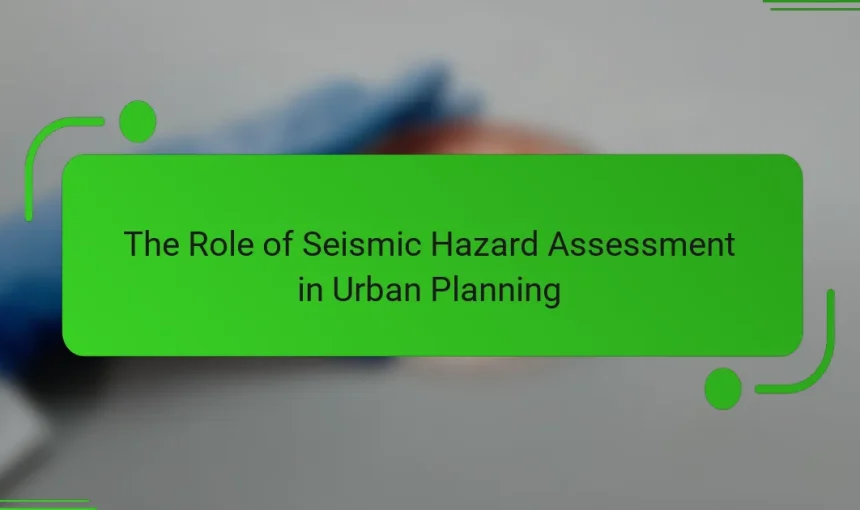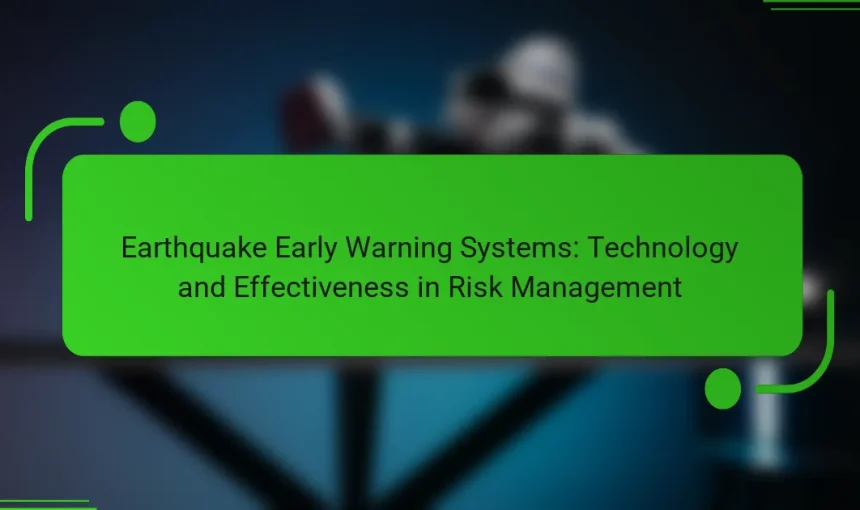Tsunami risk assessment evaluates the potential impact of tsunamis on specific coastal areas by analyzing historical data, geological features, and population density. This process identifies vulnerable locations and populations, informing emergency preparedness and response strategies to minimize casualties and property damage. Key strategies for tsunami preparedness include developing and updating evacuation plans, establishing early warning […]
Seismic Vulnerability Assessment is a process that evaluates the susceptibility of buildings and infrastructure to damage from earthquakes. This assessment identifies structural weaknesses and failure points using various methodologies, including visual inspections, analytical modeling, and empirical studies. Key techniques involve qualitative and quantitative assessments, fragility curves, and dynamic analysis to estimate potential impacts and prioritize […]
Soil liquefaction is a critical phenomenon that occurs when saturated soil loses its strength and stiffness during an earthquake, resulting in dangerous ground instability. This process can lead to severe structural damage, as buildings may tilt, sink, or collapse when the soil beneath them behaves like a liquid. Historical earthquakes, such as those in Niigata […]
Risk mitigation strategies for critical infrastructure in seismic zones encompass structural reinforcement, retrofitting, and comprehensive emergency response planning. These strategies aim to enhance the resilience of buildings and bridges against seismic forces, guided by local building codes. Effective implementation involves thorough risk assessments, stakeholder engagement, clear communication plans, and regular training for emergency responders. Challenges […]
Public education in earthquake risk awareness is essential for enhancing community safety and preparedness. It provides individuals with knowledge about earthquakes, their potential impacts, and effective response strategies. Research shows that communities with strong educational initiatives experience lower casualties during seismic events, as informed citizens are more likely to engage in preparedness activities. However, challenges […]
Earthquake Risk Evaluation assesses the potential impact of earthquakes on structures and populations by analyzing historical seismic data and predicting future occurrences. This process identifies vulnerable areas and informs disaster preparedness strategies, focusing on geological conditions, building codes, and community resilience. Utilizing historical data, statistical models, machine learning algorithms, and physical models, researchers can predict […]
Aftershock patterns are the sequences and characteristics of seismic events that occur following a major earthquake, providing valuable insights into future seismic activity. Understanding these patterns is crucial for risk assessment in earthquake-prone areas, as they influence safety measures and resource allocation. Statistical models, such as the Omori-Utsu law, help describe the decay rate of […]
Ground motion in seismology refers to the shaking of the ground caused by seismic waves during an earthquake, significantly impacting how structures respond to such events. Key parameters influencing ground motion include seismic source characteristics, distance from the epicenter, and local geological conditions. This article explores how variations in ground motion, as demonstrated by historical […]
Seismic Hazard Assessment is a systematic evaluation process that identifies and quantifies the potential seismic hazards in a specific area, focusing on the likelihood of earthquakes and their impacts. This assessment incorporates historical earthquake data, geological conditions, fault lines, and local building codes to inform urban planning and risk management strategies. Key components include seismic […]
Earthquake Early Warning Systems (EEWS) are advanced technologies that detect seismic activity and provide timely alerts to mitigate risks associated with earthquakes. These systems rely on a network of seismic sensors to monitor ground movements and analyze data to determine the earthquake’s magnitude and location. Upon detection, alerts are dispatched to individuals and infrastructure at […]
